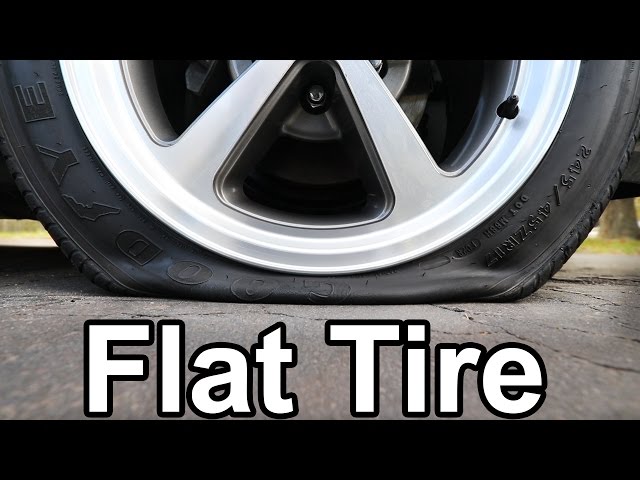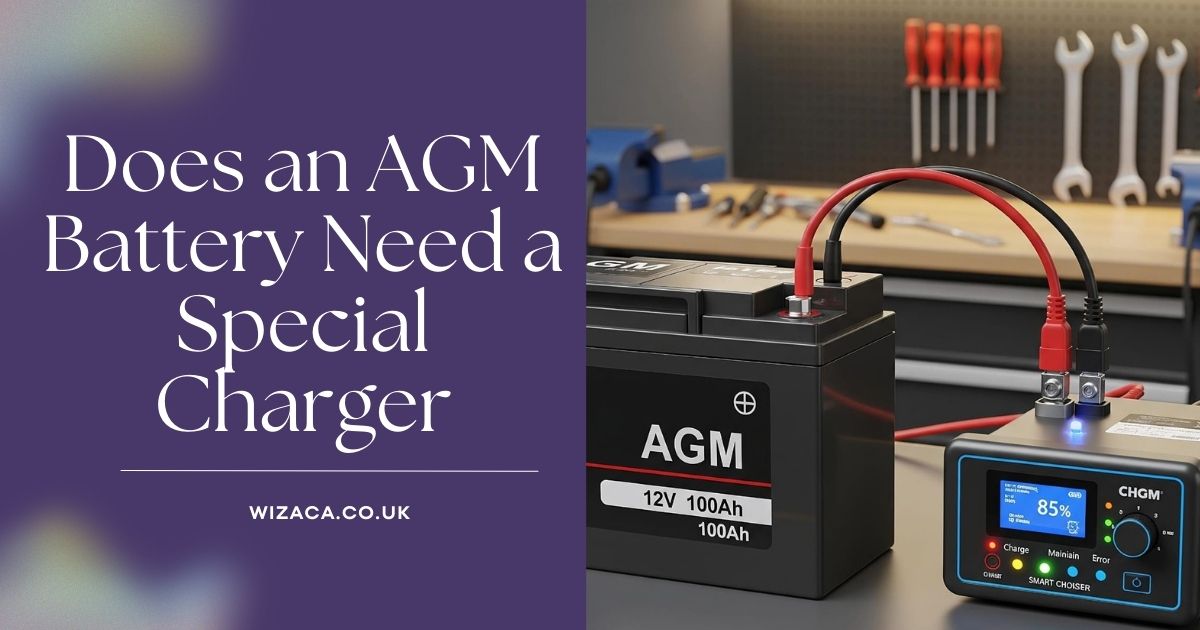Fix-A-Flat is generally safe to use in most situations and does not typically cause damage to tires when used as directed. However, there are some caveats and potential risks to be aware of. While the product is designed to temporarily seal small punctures in the tread area of tires, it can make it more difficult to repair or patch the tire later on, especially if used improperly.
⚙️ How Fix-A-Flat Works
Fix-A-Flat works by injecting a foam sealant into the tire, which temporarily seals small punctures and inflates the tire. This helps you continue driving to a safer location or a tire repair shop. However, this foam can leave behind a residue, which can cause issues during a professional tire repair.
🚗 Potential Risks of Using Fix-A-Flat
1. Difficulty in Repairing the Tire
- Messy Residue: After using Fix-A-Flat, the foam residue left behind can complicate tire repairs. Tire repair shops may have difficulty patching or plugging a tire that has been treated with Fix-A-Flat, as the residue can interfere with proper adhesion of patches.
- Unrepairable Tires: In some cases, if Fix-A-Flat is used on a tire that needs repair, the tire may be deemed unrepairable by professionals due to the difficulty in cleaning the residue out of the tire, which may render the tire unusable.
2. Tire Balance Issues
- Temporary Fix: While Fix-A-Flat provides a temporary solution, it may not always result in a perfectly balanced tire. The foam inside the tire can sometimes cause a slight imbalance, leading to vibration when driving at higher speeds. This issue is typically resolved once the tire is properly repaired.
3. Excessive Use
- Not for Frequent Use: Using Fix-A-Flat repeatedly or for large punctures can strain the tire over time. It is designed for small punctures, typically no larger than 1/4 inch, and excessive use or improper application can cause additional wear or damage to the tire.
4. Damage to Tire Sensors
- TPMS Sensors: If the tire has a Tire Pressure Monitoring System (TPMS) sensor, the foam may sometimes get inside the valve or sensor, potentially causing damage to the sensor. It’s important to note that this is relatively rare, but it’s something to keep in mind when using Fix-A-Flat.
🚗 Best Practices for Using Fix-A-Flat
- Use as a Temporary Solution: Always treat Fix-A-Flat as a temporary fix and not as a long-term solution. It is best to visit a tire professional for a proper repair as soon as possible after using the product.
- Small Punctures Only: Fix-A-Flat is designed to work on small punctures in the tread area of the tire, not on sidewall damage or large holes. It should not be used as a solution for serious tire damage.
- Follow Instructions Carefully: Ensure that you follow the directions on the canister to avoid overuse or improper application, which could lead to issues down the line.
✅ Final Answer
Fix-A-Flat generally does not damage tires when used as directed, but it can make the tire harder to repair later on due to the foam residue it leaves behind. It’s important to use it only as a temporary fix for small punctures and to get the tire inspected and repaired by a professional as soon as possible. Overuse or applying it to larger punctures or sidewall damage could cause problems and potentially lead to the tire being unrepairable.










